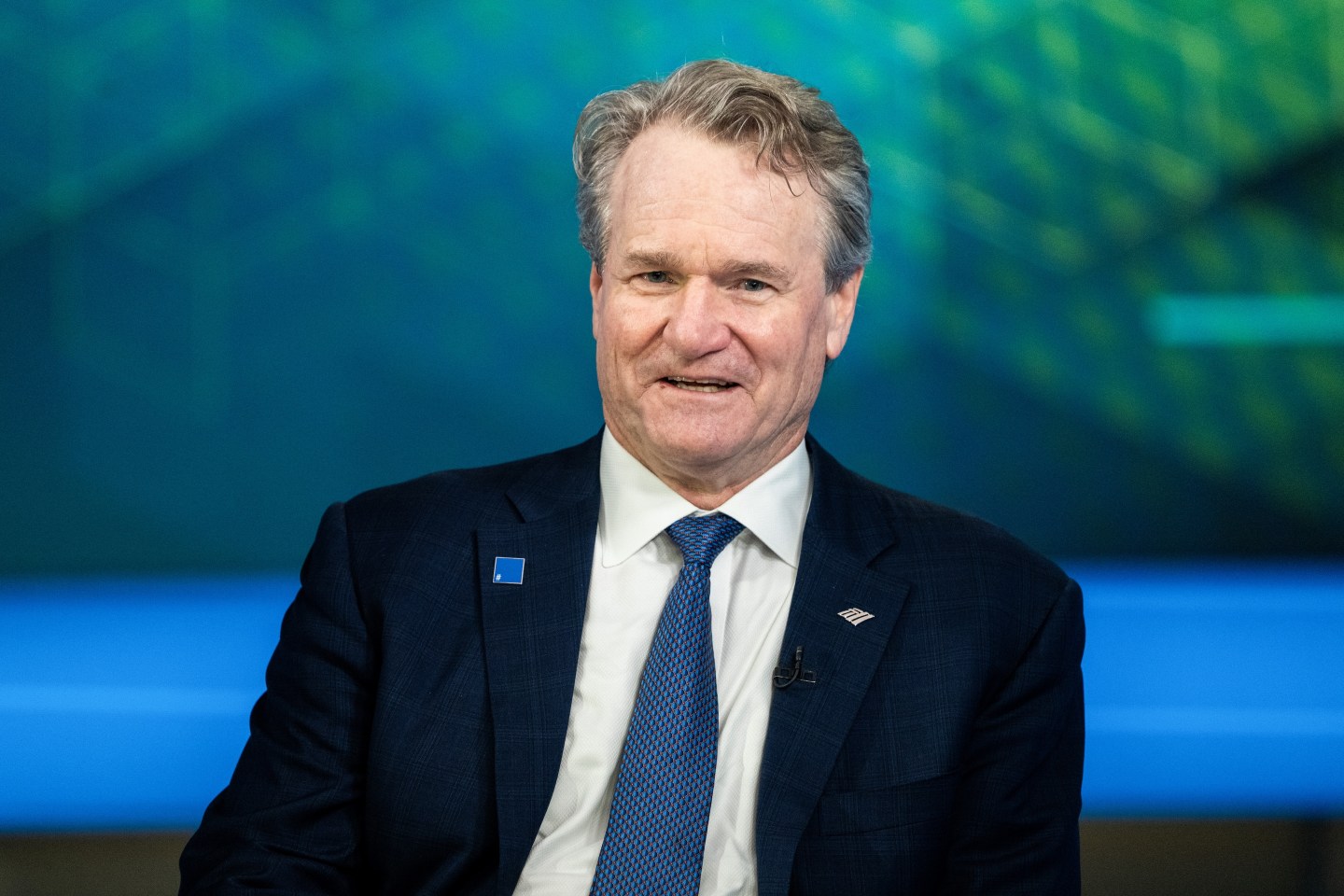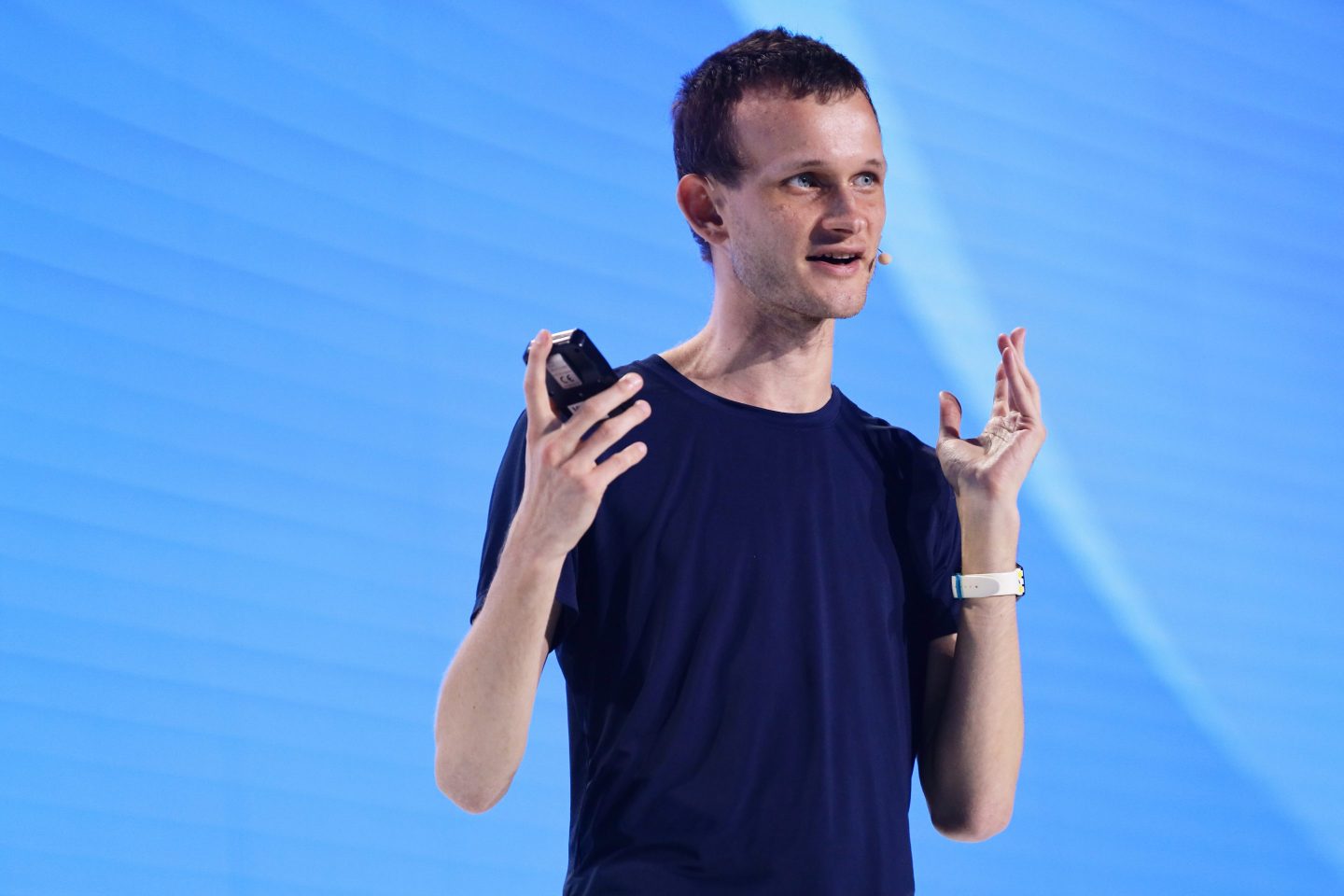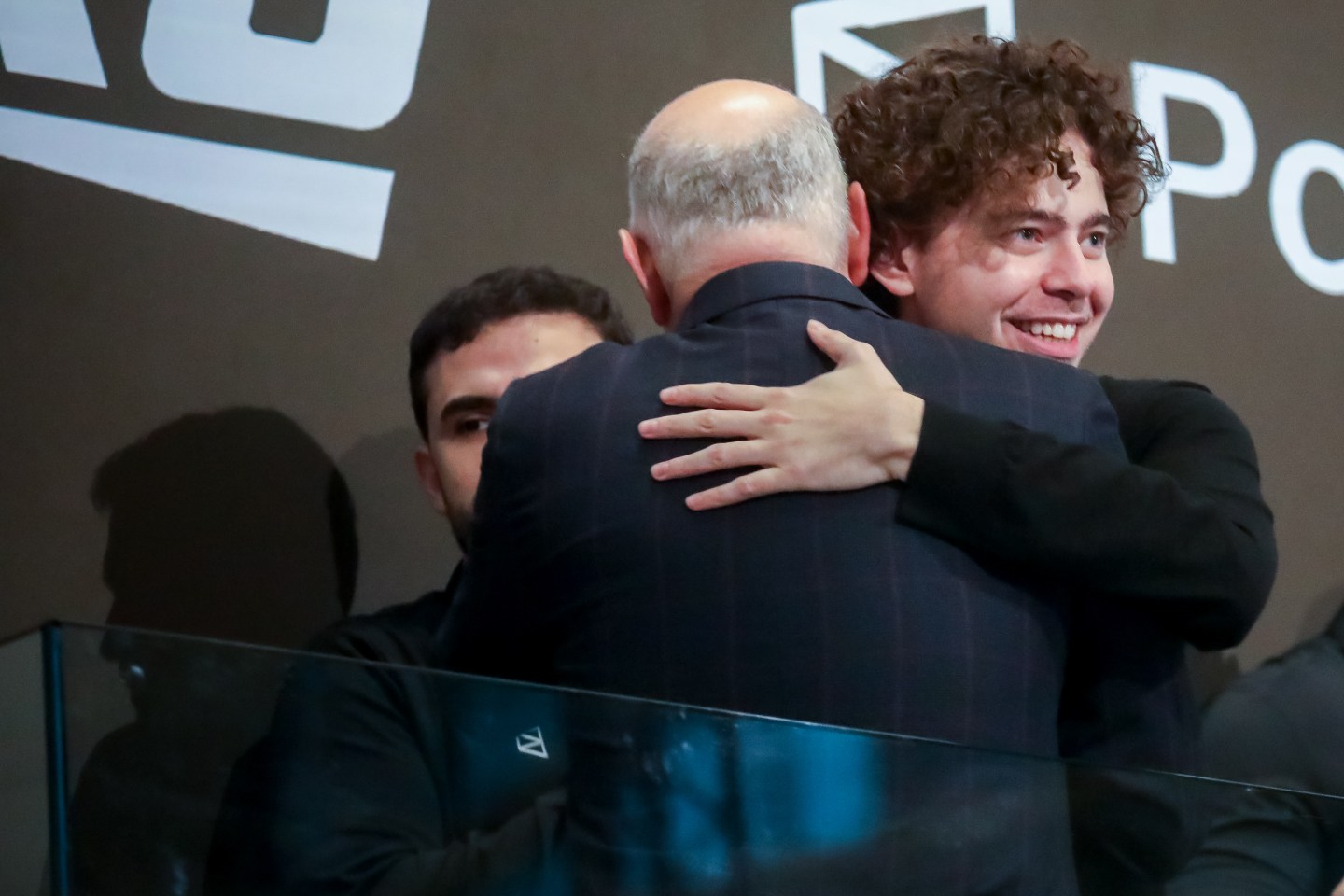This is the web version of raceAhead, Fortune’s daily newsletter on race, culture, and inclusive leadership. To get it delivered daily to your inbox, sign up here.
In her first feature for Fortune, my colleague Maria Aspan tackles the strange new world of A.I. in hiring and human resources, by far one of the hottest new ideas to hit talent management in ages. It seems like a perfect fit, at first: The tech aims to do everything from helping hiring managers pluck the ideal candidate from a digital stack of 20,000 resumes to identifying valuable employees before they jump ship, to finding the next big corporate star.
And it’s everywhere. From her story:
In a 2018 Deloitte survey, 32% of business and technology executives said they were deploying A.I. for “workforce management.” That share is almost certainly higher today—and it’s spreading to encompass some of the world’s largest companies.
As a job seeker, you might have your application vetted by a Mya Systems chatbot at L’Oréal or PepsiCo. You could respond to an A.I.-crafted job posting vetted by Textio, perhaps at ExpediaGroup or ViacomCBS. You could be asked to play Pymetrics games not only at Kraft Heinz but also at Unilever or JPMorgan Chase. You could record one of the automated HireVue video interviews used by Hilton and Delta Air Lines.
Your relationship with A.I. may extend past the job offer too. Once hired, you might find yourself filling out employee-engagement surveys designed by Microsoft’s LinkedIn, where your answers could help set your manager’s performance targets. Your employer could tap you for promotion opportunities identified by Workday’s A.I. If you work at an Amazon warehouse and miss your productivity goals, in-house systems could recommend that you be fired. On the other hand, if you work at IBM and plan to quit, in-house systems might guess your plans and warn your managers that they should try to make you happy.
So, what could go wrong?
“This was the central question I asked everyone for the piece,” Aspan tells raceAhead. “Not just how do you think about unconscious bias in A.I., but how do you make sure your technology is eliminating it?”
And therein lies the rub. “Everyone, of course, said they were thinking about it, and most say they’re checking for discriminatory results or disparate impact through internal or external audits of their A.I. systems,” she says. But as her story points out, these self-audits have no external teeth, the technology is unregulated, and it’s functionally too late—A.I. in HR is out there, at scale.
From a mitigation perspective, system makers can make certain accommodations.
Pymetrics, a startup that offers cognitive and behavioral tests, has modified versions of its games for job candidates with color blindness, ADHD, and dyslexia. But A.I. systems can’t mitigate what it doesn’t know to look for.
Quoted in the piece is Ifeoma Ajunwa, an assistant professor at Cornell who studies automation in hiring. She offers as an example a hiring algorithm designed to scan resumes and reject any with unexplained gaps in employment. “That seems like a pretty straightforward way to make sure you’re getting a committed workforce,” she told Aspan, but “you’re going to exclude formerly incarcerated people, possibly veterans, and women who had to take a break for childcare or eldercare.”
Please read and share with your executive team—think of it as a creative way to earn a coffee meeting with your Chief Talent Officer! And if you’d like to hear Aspan’s formidable voice on the subject, check out her recent interview on raceAhead’s favorite radio show, Career Mix with Torin Ellis on Sirius XM Urban View, Channel 126.
Ellen McGirt
@ellmcgirt
Ellen.McGirt@fortune.com
On Point
D.C. police used to handcuff children under 12 This is the big takeaway from one of a series of rule changes being implemented in the District, developed in response to two separate incidents in which police officers chased down and handcuffed two boys, 9 and 10 respectively. The detention of the boys, who had done nothing wrong, caused a public outcry. From now on, the D.C. police will no longer handcuff young suspects unless the child or the public is in imminent danger. “We just want to handle our juveniles in the most professional way,” Police Chief Peter Newsham said in an interview. “You have to have an understanding that these kids aren’t fully developed emotionally and mentally.”
Washington Post
The Supreme Court allows Trump administration expanded plan to deny green cards to immigrants likely to need government benefits It’s a dicey legal issue that has been working its way up the lower courts. The Department of Homeland Security announced in August that it would expand the definition of immigrants who were likely to become “public charges” who would need government assistance to stay in the country. In the past, the definition included people who qualified for cash benefits only; the new standard includes people who would qualify for Medicaid, SNAP, and federal housing assistance. The court voted 5-4 in favor, with Justices Breyer, Ginsburg, Kagan, and Sotomayor saying they would have left a lower court ruling in place that's exploring the pending legal challenge.
NBC News
The American Dirt mess in a cáscara de nuez David Bowles, a Chicano writer and translator, is one of many people who been critical of American Dirt, a tone-deaf and deeply polarizing novel about a Mexican bookseller inexplicably being targeted by a drug cartel kingpin… but that’s not important now. What matters is that the book has been roundly derided by the Mexican and Mexican Americans its supposed to celebrate as insulting, inaccurate, and riddled with stereotypes. Which points to the actual problem, says Bowles. “The manuscript was acquired by Flatiron Books for seven figures in a nine-way bidding war. Hailed as a modern-day The Grapes of Wrath by the writer Don Winslow, it was heavily promoted for a year, poised to be the book on the immigrant crisis,” he says. And then Oprah got into the mix. “Much of the problem lies with the publishing industry,” he says, and then he breaks it toda la calle abajo, she said, proving Google translate isn’t as helpful as you think it is.
New York Times Opinion
On Background
We are what we remember Do you know what happened at Shockoe Creek? Or where Gabriel, the unsuccessful but undeterred, enslaved blacksmith was left after he was hanged there for organizing a revolt? That anyone, other than local folk, do know is thanks to Brent Leggs, the director of the African American Cultural Heritage Action Fund at the National Trust for Historic Preservation, who declared Richmond, Virginia’s Shockoe Bottom, the center of Richmond’s robust slave district, one of the country’s most endangered historic places. It had all been lost to development. Shockoe Creek is still in limbo but emblematic: “Of the more than ninety-five thousand entries on the National Register of Historic Places—the list of sites deemed worthy of preservation by the federal government—only two per cent focus on the experiences of black Americans.”
New Yorker
Hip-hop muzak? Well, no, not exactly. But Slate’s Tre Johnson takes us on a journey—of food, music, post-Katrina New Orleans, his family’s brand of Blackness, and his daily life—to tell a poignant tale of cognitive dissonance via audio gentrification. Specifically, the prevalence of hip-hop as the communal soundtrack to spaces and places where Black people aren’t fully welcome. “Now that hip-hop is no longer seen as a threat, the way it was when I was growing up in the ’80s and ’90s, it’s become the default ambiance in the kinds of high-end spaces that include few Black people,” he says, places with elegant white waiters, fancy boutiques, and upscale gyms. Knowing that Black and American culture are double-helixed together “makes it all the more painful to find myself in mostly white spaces with their Black soundtracks,” he says.“The music’s been recycled for consumption, with little care for the context of this consumption. Embracing Black music is not the same as embracing Black people.”
Slate
Behold: A new media company focusing on women, policy, and politics The 19th* (the asterisk is not a typo) is the brainchild of Emily Ramshaw, former editor-in-chief of Texas Tribune and colleague and former ProPublica staffer Amanda Zamora, and is being launched with $5 million in funding from people like Craigslist founder Craig Newmark and activist/philanthropist Kathryn Murdoch. “This isn’t the day’s news but pink. This is unique, original coverage about the roles of gender in politics and policy,” said Ramshaw, who is CEO of the nonprofit. “We are not doing turn-of-the-screw reporting, but rather what that turn of the screw means for different parts of the women’s electorate.” Best of all, their inaugural reporter is raceAhead cousin Errin Haines, who previously covered race and ethnicity for the Associated Press. Check out 19thnews.org for more (and to check out the job openings).
Washington Post
Quote
“By far the greatest danger of Artificial Intelligence is that people conclude too early that they understand it.”
—Eliezer Yudkowsky, co-founder and research fellow at the Machine Intelligence Research Institute












